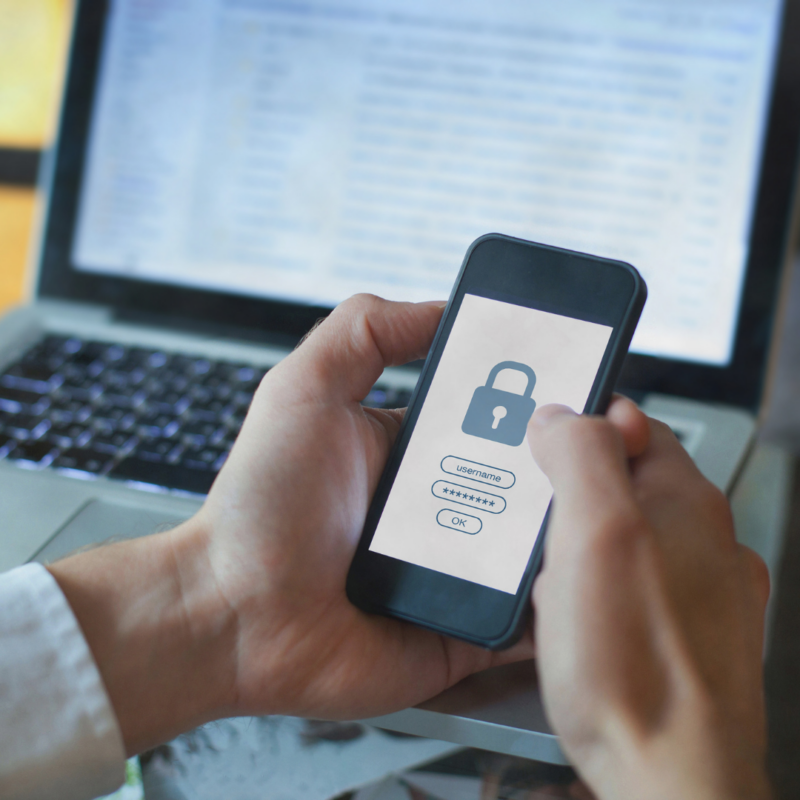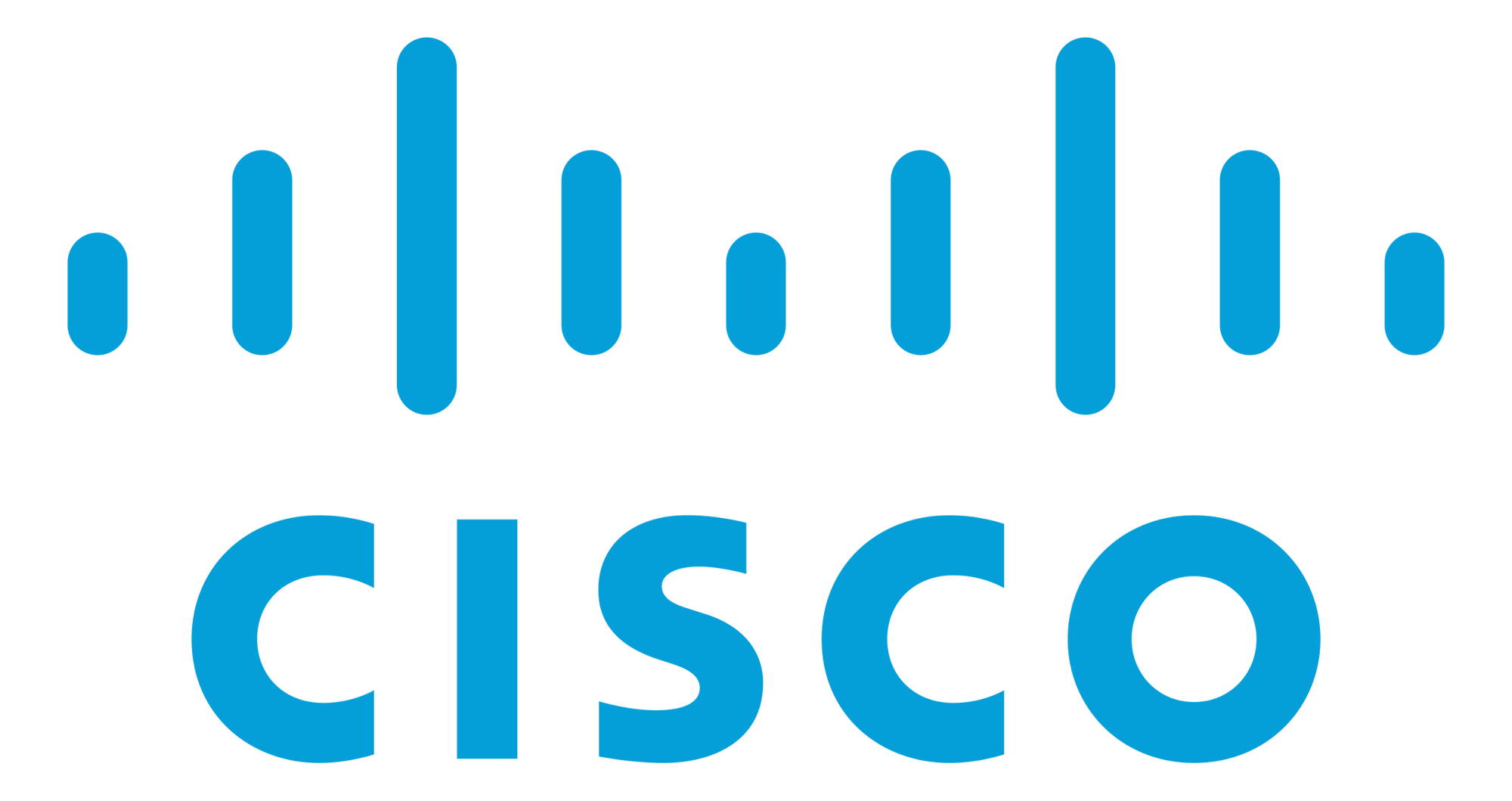Identity Security
Table of Contents show
Cybersecurity is more than just keeping your computer safe. It includes protecting all kinds of digital assets, including your online identity. Identity security is a critical part of staying safe in the digital age, and it’s something everyone should be aware of. So what is identity security, and how can you protect yourself?

The definition of identity security
Identity security is the protection of human and machine identities to ensure that users are who they say they are and that they are doing what they are authorized to do. This includes ensuring that only authorized users have access to sensitive information, and that data is not compromised by malicious actors.
The identity and access management (IAM) industry is built on it. It is a crucial element of the IAM realm, which serves as the foundation for security in any business.
There are a number of factors to consider when implementing identity security, including authentication, authorization, and data protection.
- Authentication refers to the process of verifying that a user is who they claim to be.
- Authorization determines what level of access a user has to different resources.
- Data protection ensures that information is kept safe from unauthorized access or tampering.
Organizations must carefully balance security with usability when implementing identity security measures. Too much security can make it difficult for legitimate users to access information, while too little security can leave an organization vulnerable to attack.
The main components of IAM
Identity and access management (IAM) is a framework for managing digital identities.
IAM includes all of the processes and technologies used to create, store, and manage identity information. It also encompasses the policies and procedures used to control access to sensitive data and applications. IAM can be deployed in on-premises, hybrid, or cloud environments.
The three main components of IAM are:
- Identity management (IdM)
- Access control
- User provisioning
Identity management (IdM) is the process of creating, storing, and managing identity information. Identity providers (IdP) are software solutions that are used to track and manage user identities, as well as the permissions and access levels associated with those identities.
Access control is the process of determining who has access to which resources. This includes defining user roles and permissions, as well as setting up authentication and authorization mechanisms. Access controls regulate user access to systems and data.
User provisioning is the process of creating and managing user accounts, which includes specifying which users have access to which resources, and assigning permissions and access levels.
What is a digital identity?
A digital identity is the system (non-human) representation of an individual or organization, which can include information like name, address, contact details, and so on.
In the world of enterprise information systems and technology, the word “identity” is often equated with a unique set of identifying access credentials such as a username and password.
Digital identities are used for a variety of purposes, including accessing online services, communicating with others, and conducting transactions.
Because they contain sensitive information or enable access to it, digital identities are often targeted by cybercriminals.
Why identities are valuable
Identities have become the apex threat vector for cybercriminals. Taking over an account or impersonating a legitimate employee gives threat actors access to systems and data that are privileged by nature.
There is a saying in cybersecurity that goes “hackers don’t break in, they log in.” The idea is that it’s often much easier to gain access to an organization by guessing or otherwise obtaining login credentials than it is to break in digitally.
Securing identities should be the top priority of any organization because this is how most data breaches happen.
What is the difference between identity and authentication?
Identity refers to who a user is, while authentication means verifying that a user is who they claim to be.
Authentication typically requires the use of credentials, such as a username and password, or a biometric identifier like a fingerprint.
Organizations must ensure that only authorized users have access to sensitive information, and that data is not compromised by malicious attackers.
Two-factor authentication (2FA) requires users to provide two pieces of evidence to verify their identity, which can make it more difficult for cybercriminals to gain access to systems and data.
Why should you care about identity security?
As defined corporate networks wane in prevalence, the need for strong identity security becomes more important. If your enterprise identity is compromised, it can be used to commit cybercrime, fraud or intellectual property theft. In addition, if an attacker gains access to a corporate account, they can potentially wreak havoc on the organization.
Additionally, the General Data Protection Regulation (GDPR) requires organizations to take steps to protect the personal data of EU citizens. This includes ensuring that only authorized individuals have access to this information. Failing to comply with the GDPR can result in hefty fines.
Identity security is a crucial aspect of the digital age. You should care about it because you will run into problems if you don’t implement it into your own cybersecurity processes.
Why you need to shift your security focus from technology-centric to identity-centric
Most organizations have a technology-centric approach to security, which focuses on protecting systems and data. However, this approach is no longer adequate in today’s decentralized, digital enterprise.
With the increasing use of decentralized offices, cloud services and mobile devices, organizations must shift their focus to identity-centric security. This shift is based on the facts that identities have persisted as the number one attack vector for threat actors, and that identities transcend traditional network-defined boundaries and survive the transition to decentralized work-from-anywhere.
Individual identities must now be monitored and governed as likely attack vectors, each one holding keys to a corporate kingdom where valuable assets are held.
Essentially, identity security starts with users. By ensuring that only authorized users have access to sensitive information, you can help protect your organization from malicious actors.
In addition, identity security requires a comprehensive understanding of user behavior. By monitoring user activity and codifying acceptable behavior, you can identify potential threats and take steps to mitigate them.
By focusing on identities, you can help protect your organization from cyberattacks and data breaches that could easily result in lawsuits and extensive financial losses for your company.
Why identity security is a critical concern for organizations of all sizes
Organizations of all sizes are increasingly aware of the need for identity security.
In the wake of high-profile data breaches, organizations are under pressure to protect their customer and employee data. At the same time, they must also balance the need for security with the need for convenience and usability.
Small companies are especially vulnerable to data breaches. They often lack the resources and expertise to properly secure their data and identities. As a result, they are an easy target for cybercriminals.
As we know, large companies are also at risk of data breaches. While they may have more resources than small companies, they also have more to lose. A data breach can damage a company’s reputation and bottom line indefinitely.
What are the benefits of identity security?
There are a number of benefits to implementing identity security measures, including:
1. Protecting sensitive information from unauthorized access
Keep personal information safe by ensuring that only authorized individuals have access to it. This includes things like social security numbers, bank account information, and credit card numbers.
2. Preventing identity theft
Identity theft can have a serious impact on an individual’s life, including financial ruin. By preventing unauthorized access to personal information, identity security measures help to protect people from this type of crime.
3. Reducing fraud
Identity security measures can help businesses to reduce fraud by making it more difficult for criminals to impersonate legitimate customers or employees. This can save businesses money and help to protect their reputations.
4. Protecting privacy
Identity security measures can help individuals to protect their privacy by limiting the amount of personal information that is shared with others. This can help to prevent identity theft, curb fraud, and protect people’s info from being used without their consent.
5. Improving organizational efficiency
By making it easier to verify the identities of employees and customers, businesses can improve their organizational efficiency. This can save time and money, and help businesses to run more smoothly.
6. Helping to ensure compliance with regulations
Many businesses are required by law to implement identity security measures. The Gramm-Leach-Bliley Act requires financial institutions to take steps to protect customer information, and the Sarbanes-Oxley Act asks publicly traded companies to have internal controls in place to prevent fraud.

What are some common identity security threat tactics?
There are a number of potential threats to identity security. These include:
1. Phishing
Phishing is an example of an online assault that seeks to obtain information, such as passwords and credit card numbers, by posing as a reputable business. To gain the confidence of their victims, attackers frequently impersonate a genuine company.
They may do this by sending an email that appears to be from a well-known company, or by setting up a fake website that looks like a legitimate login page.
Once attackers have the information they need, they can use it to commit fraud or identity theft.
2. Social engineering
Social engineering is a type of attack that relies on tricking people into revealing sensitive information. Attackers will often pose as a customer service representative or IT support technician in order to gain their victim’s trust. They may then ask for personal information, such as passwords or credit card numbers.
How do organizations use identity security?
There are a number of different ways that organizations can use identity security. These include:
1. Implementing strong authentication measures
One way to improve identity security is to implement strong authentication measures that require users to provide more than one type of credential when they log in. (Example: both a password and a fingerprint)
2. Using biometrics
Another way to improve identity security is to use biometrics. This involves using physical characteristics, such as fingerprints or iris scans, to verify someone’s identity.
3. Managing access control
Another way to improve identity security is to manage access control. This involves controlling who has access to sensitive information and systems. Access control can be managed through things like user permissions and role-based access control.
4. Enhancing security awareness
Last but not least, another way to help prevent identity theft and other security threats is to enhance security awareness. This includes educating employees about best practices for keeping their personal information safe, as well as teaching them how to spot phishing emails and other types of attacks.
What are the limitations of identity security?
Although identity security has become more advanced over the years, it is not perfect. There are a number of different limitations that can impact the effectiveness of identity security measures. These include:
1. Lack of standardization
One of the challenges with identity security is that there is no one-size-fits-all solution. This lack of standardization can make it difficult for organizations to know which measures are right for them.
2. Implementation and management costs
Another challenge with identity security is the cost of implementing and managing it. These costs can include factors like buying and deploying authentication hardware, as well as training employees on how to use it.
3. False positives
False positives are another challenge that can impact identity security. A false positive occurs when an authentication system incorrectly identifies an authorized user as being unauthorized. False positives can cause frustration for users and can lead to increased security risks.
4. False negatives
False negatives are the opposite of false positives. They occur when an authentication system incorrectly identifies an unauthorized user as being authorized. False negatives can be just as problematic as false positives and can lead to serious security risks.
5. Usability issues
Another challenge with identity security is usability. If authentication measures are too complicated or time-consuming, users may bypass them altogether. This can lead to decreased security and increased risks.
Multi-Factor Authentication (MFA) and Risk-Based Authentication (RBA)
Two common identity security processes are multi-factor authentication (MFA) and risk-based authentication (RBA).
Multi-Factor Authentication (MFA) is a security measure that requires users to provide more than one piece of evidence to verify their identities. This could include something they know, like a password, something they have, like a security token, or something they are, like a fingerprint.
Two-Factor Authentication (2FA), which we mentioned earlier, is a form of MFA. MFA is a broader term that can include more than two factors, however.
Risk-Based Authentication (RBA) is a security measure that uses risk assessment to determine how often users should be required to provide additional evidence to verify their identities. RBA could include factors like the user’s location, the time of day, or the type of device they are using.
How identity security benefits the cloud enterprise
In our modern world, we’re used to having complete control over our identities. We carefully craft online personas that represent ourselves in the best possible light.
But as we move into the cloud, where our data is stored and managed by third-party providers, how much control do we really have over our identities? And what risks do they pose to businesses?
The benefits identity security can provide to the cloud enterprise include:
1. Improved security
By implementing measures such as strong authentication and access control, organizations can help to protect their sensitive data and systems from unauthorized access.
2. Reduced costs
By eliminating the need for multiple passwords and reducing the chances of false positives, organizations can save money on features like password resets and authentication hardware.
3. Increased efficiency
Identity security can help increase efficiency by organizing login credentials and freeing up employees to work on more productive tasks.
4. Enhanced user experience
In addition to increasing efficiency, identity security can also enhance the user experience. By reducing the number of passwords users have to remember and making it easier to access data and applications, organizations can improve satisfaction and productivity.
What you need to know about identity threat detection and response
Identity threat detection and response is a process for identifying, investigating, and responding to identity-related security incidents. Threats can include fraudulent account creation, account takeovers, phishing attacks, and even just failures of policies such as lack of multi-factor authentication on accounts.
Organizations can deploy an array of techniques to detect and respond to identity threats. These include:
1. Monitoring user activity
Areas to monitor could include login attempts, file access, and network traffic. By looking for anomalous activity, organizations can quickly identify abnormal behavior.
2. Analyzing data
The data analysis could include patterns in user data that indicate fraud or misuse. Organizations can also use analytics to investigate suspicious activity.
3. Implementing security controls
Another way to mitigate identity threats is to implement security controls like two-factor authentication or access control measures. By making it more difficult for attackers to gain access to systems and data, organizations will minimize the chances of a successful attack.
4. Responding to incidents
Once an identity threat has been detected, it’s important to respond quickly and effectively. An organization should seize compromised accounts, notify affected users, and revoke access to sensitive data.
Read more about identity threat detection and response.
How can you improve identity security within your organization?
If you’re like most business owners, keeping your organization’s identity safe is a top priority. But how can you be sure that your security measures are effective? Here are a few tips to help improve identity security within your organization:
1. Implement strong authentication measures.
These measures can include requiring employees to use strong passwords and using biometrics.
Strong authentication measures are crucial because they make it much more difficult for unauthorized individuals to gain access to your systems and data.
2. Implement access control measures.
Access control is a fancy term for making sure that only authorized individuals have access to certain systems and data. There are a number of different ways to implement access control, including using role-based access control and least privilege.
3. Train employees on security protocols.
It is important that all employees are aware of the importance of security and know how to follow the security protocols put in place by your organization.
We recommend training your employees on a regular basis so that they can stay up-to-date on the latest security threats and how to avoid them.
4. Invest in a competent security solution.
The right security solution will help to protect your organization from a variety of threats.
Don’t know which option to choose? Our experts at Oort will be happy to guide you in the right direction.
5. Monitor identities in identity sources.
Regularly monitoring activity in your identity sources will help you to detect and respond to any potential identity security threats. Logs are rich with information that can give you insights into threats.
6. Perform regular security audits.
Regular security audits will help you to identify any weak points in your security posture. Remember to perform both internal and external security audits on a regular basis.
By taking these measures, you can help protect your organization from identity theft, data breaches, and cyberattacks.
Important qualities you should look for in an identity security solution
You might not realize it, but deciding on the right identity security solution is a huge decision. After all, a mountain of valuable information is at stake!
Here are a few factors we recommend you consider when deciding on the best identity security solution for your company:
1. Ease of use: It should be easy to use so that all employees can follow the security protocols put in place by your organization.
2. Cost-effective: It should be cost-effective so it does not strain your budget.
3. Comprehensive: It should be comprehensive so it covers all aspects of identity security. You don’t want to leave any holes in your security system.
4. Customizable: It should be customizable so it can be tailored to the specific needs of your organization. Your security, your way.
5. Scalable: It should be scalable so it can grow with your organization over time. You don’t want to outgrow your identity security solution.
6. Reliable: You should be able to rely on it to protect your organization from identity theft, data breaches, and cyberattacks.
Want a done-for-you security solution that is built for identity security? Say hello to Oort.
We’ll quickly and automatically eliminate identity gaps across disparate data sources, show you misconfigurations, and check for security vulnerabilities on an ongoing basis.
And it gets even better – Oort offers predictive identity analytics, so you can proactively stop cyberattacks before they happen.
To learn more about how Oort can help improve your organization’s security, contact us today.


